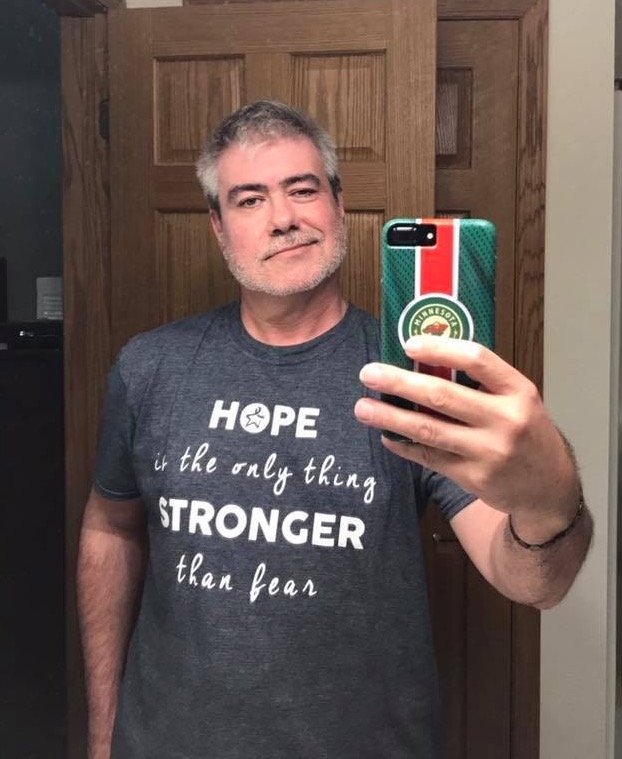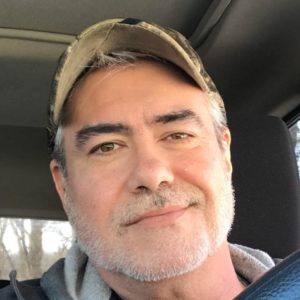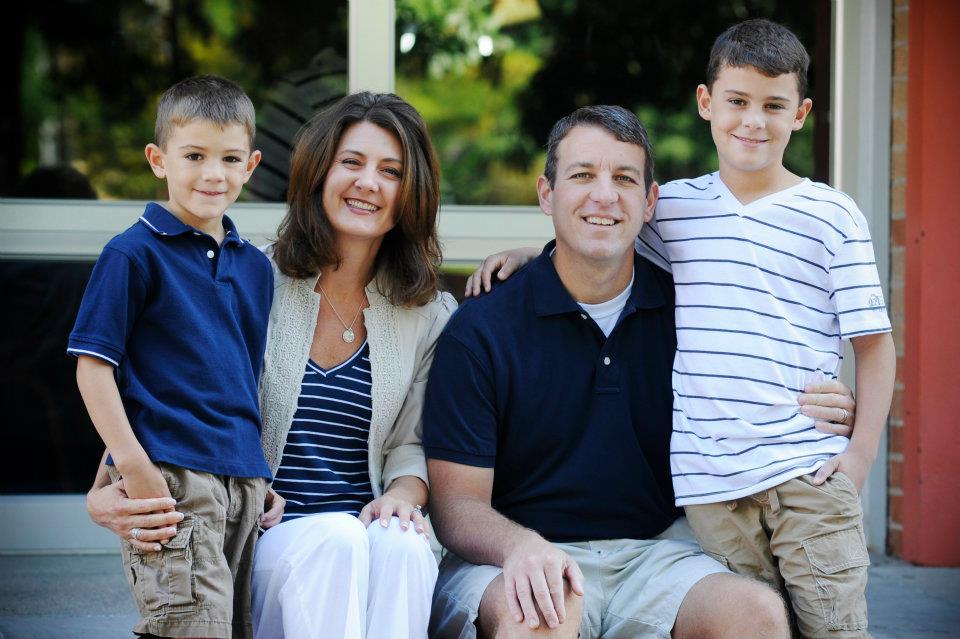
John Sarzoza was only 48-years-old when he was diagnosed with colon cancer in 2017. In mid-2016, like many, he was misdiagnosed and told it was “only hemorrhoids” based on the symptoms he felt such as cramps and rectal bleeding. “Oh good, no big deal,” he thought. “So I put it off for a year, and the symptoms like the bleeding would stop then return.” His doctor even explained “that’s how hemorrhoids work, by filling up with blood and bursting; filling up with blood and bursting.” John took his doctor’s word, and continued to assume it was no big deal.
But that wasn’t the case. Back in 2012, John had a massive heart attack which resulted in heart surgery. Knowing what the symptoms for a heart attack were, John was sure he was having another one in mid-2017. After rushing to the hospital and taking multiple tests, they told him it wasn’t a heart attack, but something else causing his symptoms. He decided to follow up with his cardiologist to make sure. With the possibility of a blockage, the cardiologist suggested they take a more thorough look.
A more thorough look would include an angiogram, and John knew if blockages were found a stent would be placed and he would be put on Plavix to prevent his blood from clotting. It wasn’t something he took lightly as he was still dealing with the on and off again bleeding from the hemorrhoids his doctor had diagnosed.
When John explained his concerns about bleeding to his cardiologist, he mentioned the diagnosis of hemorrhoids with occasional rectal bleeding. The cardiologist confirmed John’s fear of “bleeding to death” and explained that on Plavix, “once you start bleeding, you’ll never stop.” His cardiologist referred John to a gastroenterologist to take care of the issue. “If it’s hemorrhoids,” the doctor explained, “we’ll snip it and take care of it.”
The gastroenterologist wasn’t convinced of John’s prior diagnosis of hemorrhoids and ordered a CT scan. The scans came back and it was clear something was wrong. There appeared to be large masses around his rectal column that looked like tumors. John started prepping immediately, and was first in line for a colonoscopy the next morning.
“As they woke me up from the colonoscopy, the nurse was yelling ‘What is wrong with you? Why did you wait so long?’ Still in a fog of anesthesia, the nurse returned to explain what they found. A tumor was wrapped around his rectal column, about a centimeter from completely surrounding it. It had also perforated into his colon, which was the cause the occasional bleeding John had long been experiencing and excused for hemorrhoids.
 After further scans, his medical team was able to confirm he had stage III disease, which spread only to his lymph nodes. Though he was presented with three treatment options, it was recommended he do six weeks of radiation and chemotherapy to shrink the tumors before surgery with a 91-percent success rate of remission.
After further scans, his medical team was able to confirm he had stage III disease, which spread only to his lymph nodes. Though he was presented with three treatment options, it was recommended he do six weeks of radiation and chemotherapy to shrink the tumors before surgery with a 91-percent success rate of remission.
But remission wouldn’t come easy, and John knew there was risk of extensive nerve damage as a side effect of treatment. But that was a small price to pay for a chance at life. “So I gotta live the rest of my life in pain. The alternative is death, and anything is better than death.”
Between chemo pills and daily radiation, the inflammation and tumors reduced in size and John was able to prepare for surgery. Surgery would include removal of the rectal column, reattachment of his colon, and a temporary ileostomy while his rearranged digestive tract spent a year recovering. John managed to take a positive approach to his temporary ostomy.
When the fear and stigma of ileostomies arise in others, he does his best to eliminate those impressions, and tells of his own experience with an ostomy and the freedom it gave him while his colon healed. For John it meant he wouldn’t need multiple trips to the bathroom at events or during a movie – something many going through major gastrointestinal surgery have to face.
Despite losing his grandfather to colon cancer, John would later learn that he did not have a hereditary mutation that lead to a diagnosis under the age of 50. He believes his diet was a large contributor to his risk for young onset disease, with plenty of red meat and fast food during this young adult years. “Look at all these young kids now that are getting colon cancer that’s not genetic. It’s because they’re growing up with this type of food, and these polyps that are created are becoming cancerous.”
John continues to reach out to others for support and to offer support, citing the times where he found it difficult to find his own support groups. “The first thing I did when I was diagnosed was ask what support were out there. I went to where I had my heart surgery as they have a huge cancer center.” Though they had some groups, they were specific to women or cancers other than colorectal. So John did what many do, he turned to Google. That’s how he was able to find his way to the patient-led support community of COLONTOWN, the Colon Cancer Coalition, and other online groups. “While education, treatment, and a positive attitude are all part of beating colorectal cancer, having the necessary support structure in place (for me) was one thing I didn’t have to worry about on my own.”
John is currently cancer free. After his surgery, he started his post-surgery chemo with CAPOX – the oral chemo Capecitabine combined with an IV infusion of Oxaliplatin. The nerve damage John was warned about led to a halt of treatment after just five rounds, though his impression on the infusion room team has lasted much longer. He would show up to his treatment sessions, positive as ever with his cup of coffee in his hand and saying, “Let’s do this!” The nurses and staff loved the energy he brought with him – especially in a place that can be so full of sadness. It’s that energy and faith he credits for this current state as a survivor. “Onward and upward as they say, and hopefully I’ll be around for many years to come and be able to help as many people as I can.”
LEARN MORE ABOUT COLON CANCER RETURN TO FACES OF BLUE

